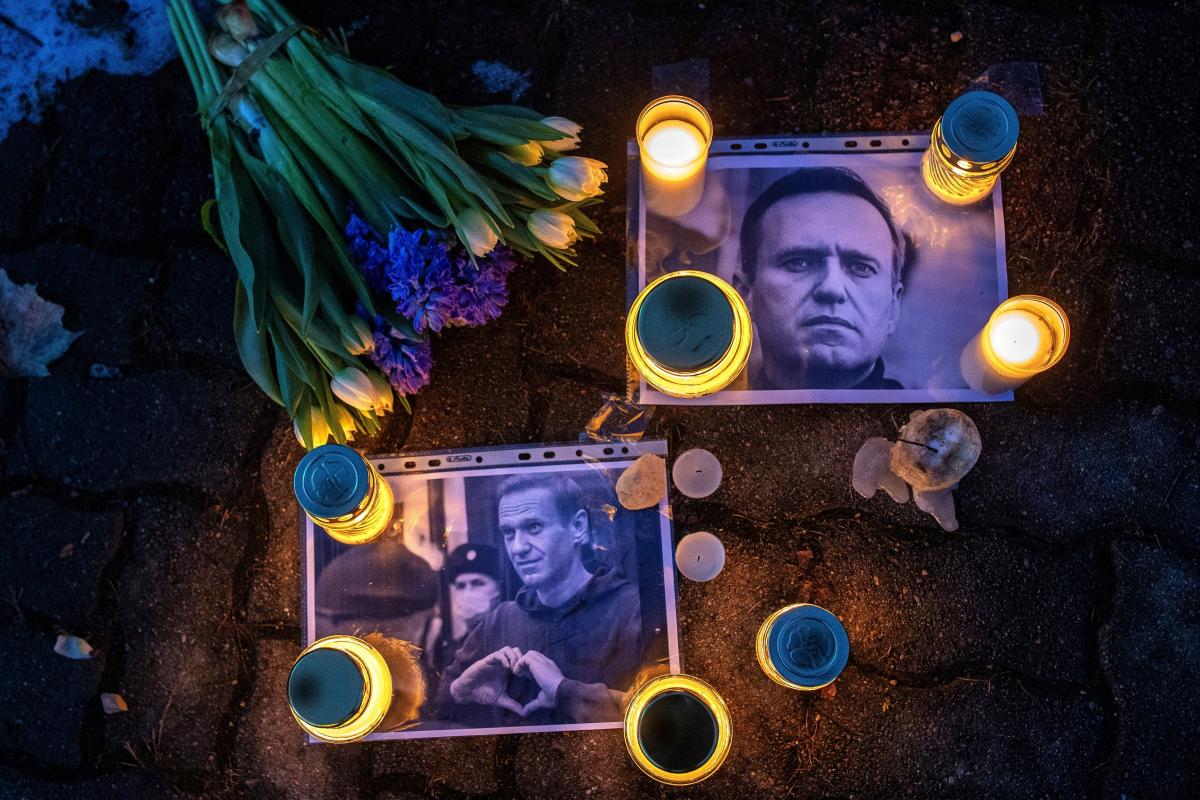Jun. 12—As New Mexico grapples with being among the worst in the nation for vehicle fatalities and No. 1 for pedestrian deaths, the state Department of Transportation is rolling out a new initiative to stop the carnage on the state’s roadways.
Dubbed Target Zero New Mexico, the “transformative initiative” seeks to coordinate all of the department’s transportation safety work and sharpen its focus on safety in everything it does as part of a larger effort to save lives.
Consider the statistics:
In 2021, 481 people died in New Mexico in motor vehicle crashes, higher than the national average.
If the state mirrored the national average of 1.37 deaths per 100 million vehicle miles traveled, there would be 114 fewer fatalities on New Mexico’s roads every year.
While the state ranks fourth in motor vehicle fatalities in relation to miles traveled, New Mexico, based on population size, had more pedestrian deaths stemming from motor vehicle crashes than any other state in the nation. Some of those fatalities involved people experiencing homelessness, an issue state and local government officials are also struggling to address.
During a presentation Wednesday to members of the Legislative Finance Committee, Amy Whitfield pointed out the fatalities are more than just statistics.
“We know that every fatality that happens in New Mexico, it’s a person — that’s impacting a family, that’s impacting our community and so we must make sure that safety and human life are put first,” said Whitfield, who recently left her position as housing and homelessness adviser to Gov. Michelle Lujan Grisham to coordinate the initiative.
“We really want to make sure that we’re coordinating across the New Mexico Department of Transportation with the many different things that we have already going and making sure that we can sharpen our focus on safety and all of our work,” she said.
On state roads, Santa Fe shows up in four of the top 10 “high incident intersections” for pedestrian crashes and in two for fatal crashes, according to 2018-22 data compiled by the department.
For pedestrian crashes, the worst intersections in Santa Fe are all along Cerrillos Road. They include, in order, Camino Carlos Rey, Zafarano Drive, St. Michael’s Drive and Siler Road.
Cerrillos Road also shows up in all three of the worst intersections in Santa Fe for fatal crashes. They include, in order, Richards Avenue, Camino Carlos Rey and Zafarano.
Providing safe roads for the traveling public is among the performance challenges identified in Wednesday’s report to lawmakers.
The initiative was instigated by House Memorial 85 from the 2023 legislation session, Whitfield said.
The memorial asked the department “to develop a vision zero plan for state-owned and -maintained roadways in New Mexico” with a goal of achieving “an annual traffic safety record with zero vehicle-related deaths or serious injuries by” 2030. The department’s target, however, is 2050.
“It really gives New Mexico an opportunity to align with the national approaches” while building a specific strategy for the state, Whitfield said.
She added, “there are lots of activities” the department can embark to reduce fatalities, from identifying policy recommendations for possible legislation to introducing education and campaigns that promote a traffic safety culture in the state.
“We’re coordinating efforts across the department … to connect our safety planning into our maintenance and also into our projects,” she said. “We’re going to [conduct more] road safety audits so that we can make sure that we’re identifying root issues, not just building safety for the road, but how do we also engage in behavior change that happens for pedestrians and bikers.”
When Rep. Gail Armstrong, R-Magdalena, asked whether the pedestrian crashes involved homeless people, department Secretary Ricky Serna answered the question indirectly by saying the department believes “there’s going to be a need to really tap into local resources around homelessness, transient community, substance abuse.”
“It isn’t always going to be an engineered solution for road infrastructure,” he said. “It’s going to need to be a collaborative with communities to say, ‘Here’s the area. Here’s, based on the road safety audit, what we believe needs to change. What are the social services that are going to help make that change?’ “
The launch of the initiative comes weeks before a special session focused on public safety in which Gov. Michelle Lujan Grisham is pushing for several pieces of legislation, including what lawmakers are calling a panhandling bill that would make it a crime for pedestrians to stand in medians less than 3 feet wide on roadways where the speed limit is 30 mph or more.
Other proposals include an overhaul of state law around “assisted outpatient treatment,” or court-ordered treatment for mental illness or addiction.
“I don’t want to be shameless here,” Serna told lawmakers, “but I ask you all to see the connections because as you’re aware, you know the governor is working on a special session to address some of the root issues that are related to mental health issues, repeat offender issues, to homelessness issues and even the idea of panhandling in medians.”
His comments came after Rep. Jack Chatfield, R-Mosquero, called homelessness in Albuquerque and Santa Fe “outrageous.”
“I was going down Cerrillos one day and there was a guy stuck, poor guy was just stuck with his little cart in traffic,” he said. “There’s cars everywhere, and they’re all backed up for this man. And it’s sad. It’s really sad. … We’re going to have to have a serious talk about whether it’s OK to live in the middle of a median, you know, to be out there, because if I hit one of those people, then it ruins my life.”
Michael Coleman, the governor’s chief spokesman, wrote in an email moving New Mexico out of the top spot for pedestrian fatalities is among the governor’s priorities.
“Amy’s work in the governor’s office on housing and homelessness included coordinating across state agencies, working closely with local governments and finding data-driven solutions,” he wrote. “This experience will serve New Mexicans well as she works with DOT to reduce crash-related fatalities.”
Coleman noted Daniel Werwath is leading the administration’s “strategic state-level approach to housing” as the governor’s senior housing policy adviser.
“With Amy moving to DOT, the governor’s office will hire another person to help address our housing priorities,” he wrote.
Follow Daniel J. Chacón on Twitter @danieljchacon.
Signup bonus from





